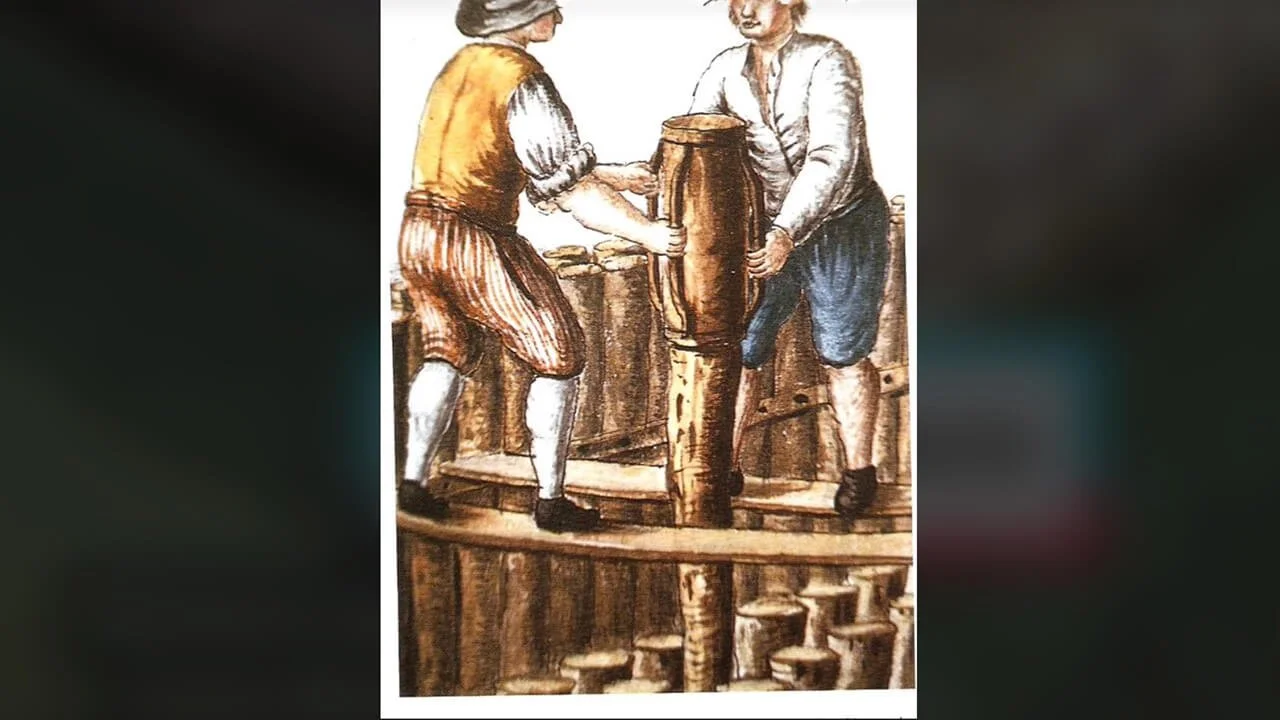The construction of Venice is a marvel of engineering and a testament to the ingenuity of its early inhabitants. Faced with the challenge of building a city upon a lagoon, the solution was both innovative and enduring. The use of over 10 million tree trunks, sourced from the forests of the Veneto region and beyond, represents a massive undertaking. The trunks were typically from species like oak, alder, and various types of conifer, selected for their durability and resistance to water.
The process involved cutting these trees into long poles, approximately 25 meters in length, which were then driven through the layers of silt and mud until they reached the much more stable layer of clay beneath. This layer of clay was crucial, as it provided a firm base that would not compress under the weight of the buildings. The length of the poles ensured that they were deeply embedded, creating a solid foundation.
The phenomenon of the wood not rotting but instead petrifying is particularly fascinating. Because the wood piles were driven so deep underwater, they were deprived of oxygen, a key element required for the decay process to occur. In this oxygen-depleted environment, the wood underwent a process of mineralization, effectively turning to stone, which has allowed these foundations to last for centuries.
The result of this ingenious method of construction is a city that appears to float on water but is actually supported by a forest of ancient tree trunks. It is a testament to the foresight and resourcefulness of the Venetians, who managed to turn an inhospitable marsh into one of the world's most enchanting cities.
Despite these sturdy foundations, Venice has always been a city in delicate balance with the water around it. Over time, the city has experienced both subsidence, the gradual sinking of the land, and acqua alta, the high waters that periodically flood its streets. The latter is a natural phenomenon exacerbated by climatic conditions and rising sea levels. Yet, despite these challenges, the city's foundations have held firm, supporting the weight of history and the daily lives of its inhabitants.
The longevity of Venice's wood pile foundations is not just a marvel of medieval construction but also a reminder of the city's precarious position in an ever-changing environment. The preservation and continued maintenance of these foundations are critical, not only for the safeguarding of Venice's rich architectural heritage but also as a symbol of resilience and adaptation in the face of natural challenges.








